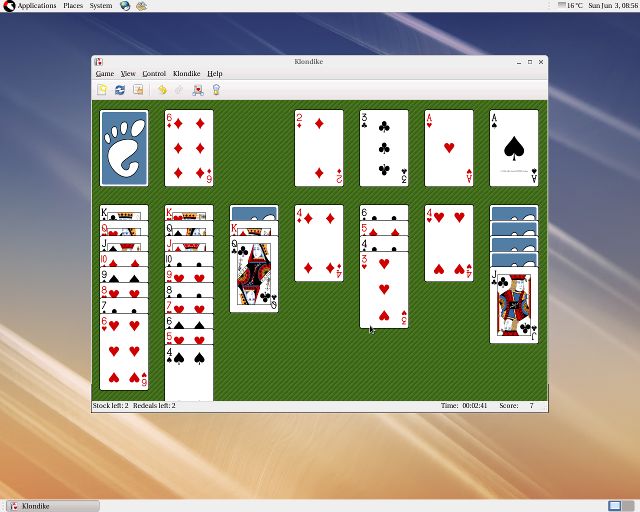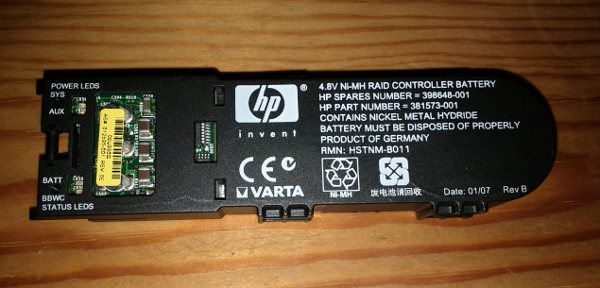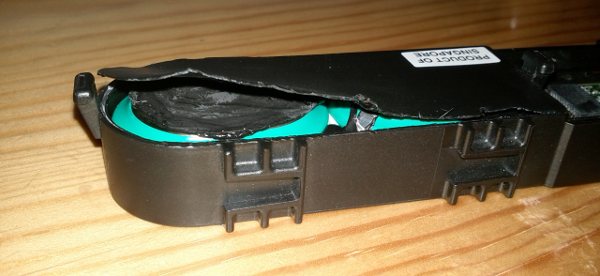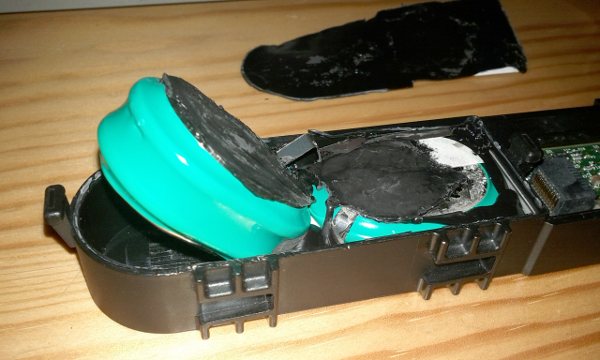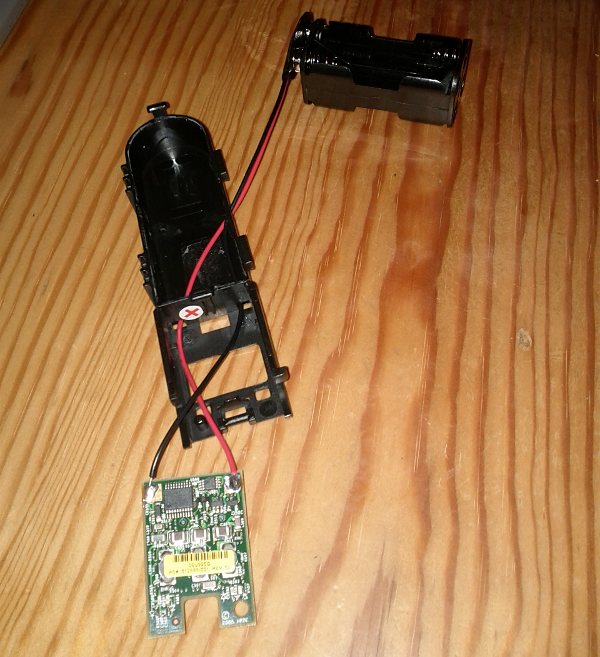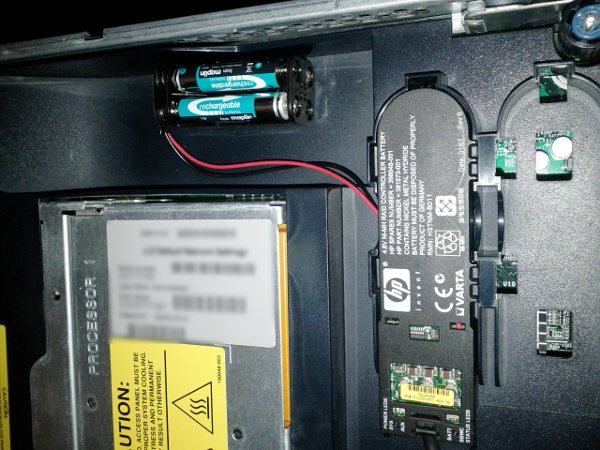I’ve got an updated version of RedSleeve Linux ( http://www.redsleeve.org/ ) running on the Raspberry Pi. RedSleeve Linux is an arm port of an OS like Centos :). This latest update now comes in two versions, one a basic command line setup while the other has a basic desktop available.
Note: it has been reported that these images do not work on the V2 Pi boards.
As I don’t have one to test I suggest you try the alternative install method as outlined on the RedSleeve Wiki Page – http://wiki.redsleeve.org/index.php/Install_Rasperry_Pi
The way this was achieved was to take one of the current Raspberry Pi Debian images and replace the main partition from the rootfs currently available on the RedSleeve site.
To simplify the process I have prepared a couple of 2Gb card images that can get you started.
They both contain a user account for ‘pi’ password ‘raspberry’ and the root account has a password of ‘redsleeve’. They will connect to a network using DHCP.
Once logged in as ‘pi’ simply type ‘startx’ to fire up the desktop if you’re using the desktop version. It is optimised for using a monitor – if you use a TV and have overscan issues you need to edit /boot/config.txt and alter the line ‘disable_overscan=1’ to ‘disable_overscan=0’ and reboot.
To use the desktop image (in linux) type:
#dd if=/source_directory/raspi-redsleeve-gui-0.3.1.img.gz conv=noerror,sync bs=8M | gzip -dcf | dd of=/dev/sdf bs=8M
Alter your source directory and SD card location (/dev/sdf) to suit. Be very careful to set the SD card location correctly, otherwise you could destroy a hard disk! Type ‘dmesg’ and you should see the SD card location at the end of the listing, if it was the last thing you plugged in.
Alternatively you can use the fedora-arm-installer available here:
http://fedoraproject.org/wiki/Fedora_ARM_Installer
You can download the images from here:
raspi-redsleeve-cli-0.3.img.gz – 318Mb – Command Line version
raspi-redsleeve-gui-0.3.1.img.gz – 537Mb – Desktop version
There are also a ‘xz’ compressed versions if you can handle that – it contains the same images as above.
raspi-redsleeve-cli-0.3.img.xz – 226Mb – Command Line version
raspi-redsleeve-gui-0.3.1.img.xz – 359Mb – Desktop version
2Gb is a bit limiting, but you can use gparted to resize the ext4 partition up to whatever your SD card will accommodate.
Now you can use yum to install all the stuff you want.
Changes from 0.3 to 0.3.1
- Fixed initial eth0 initialisation in gui image – again – sorry
Changes from 0.2 to 0.3 include:
- Image size fixed so that it fits all 2Gb cards
- Size reduction on CLI version to reduce download size
- Raspberry Pi kernel/firmware updated to latest 11/6/2012
Changes from the 0.1 to 0.2 include:
- Fixed initial eth0 initialisation
- Added desktop version
- Fixed /etc/fstab
- Included /usr/bin/rpi-update
- Improved logging
- Set Language
- Set Timezone
- Set Keyboard
- Initialised Sound module
- Initialised time setting for Raspberry Pi’s lack of RTC

